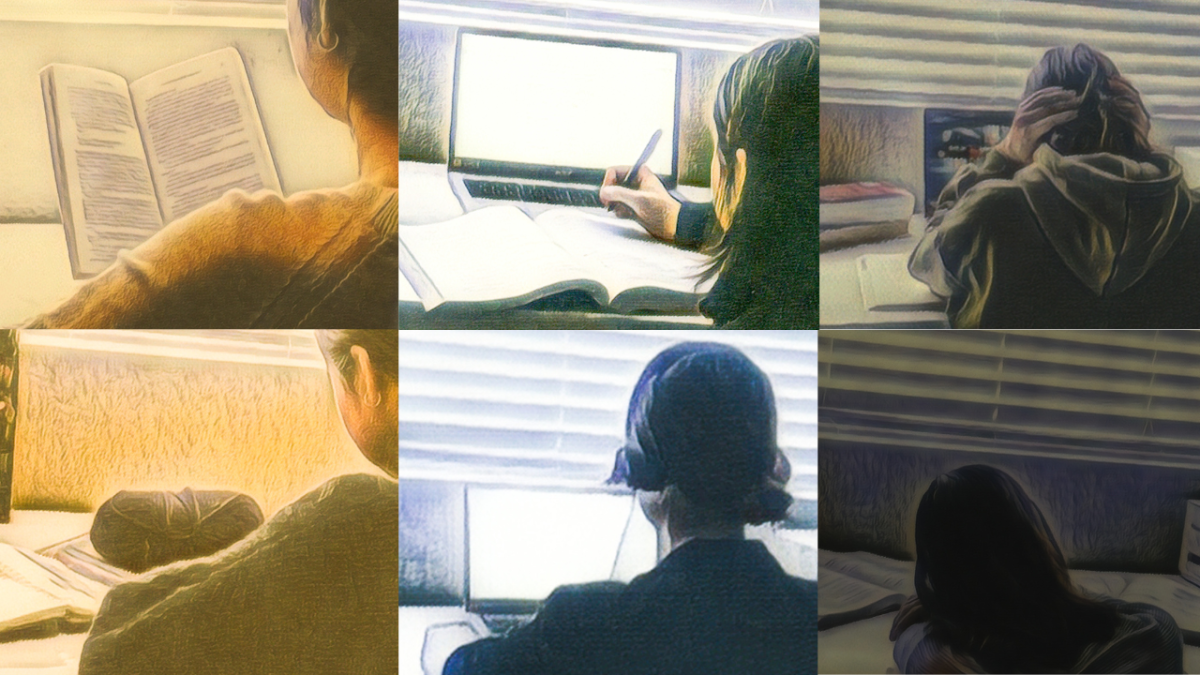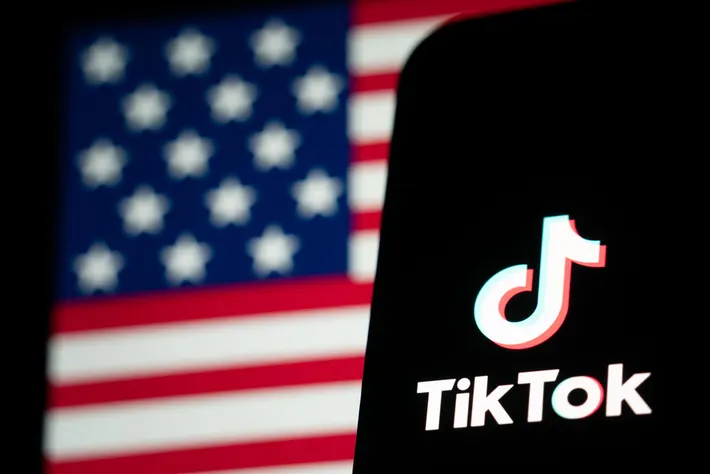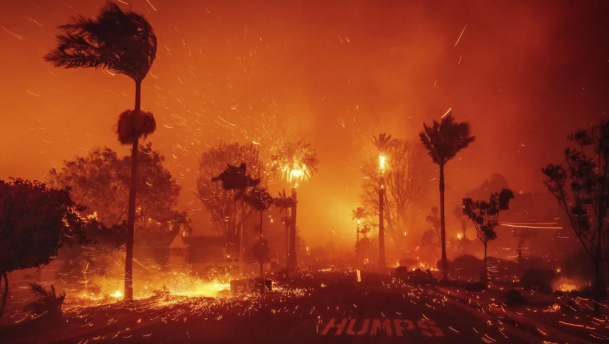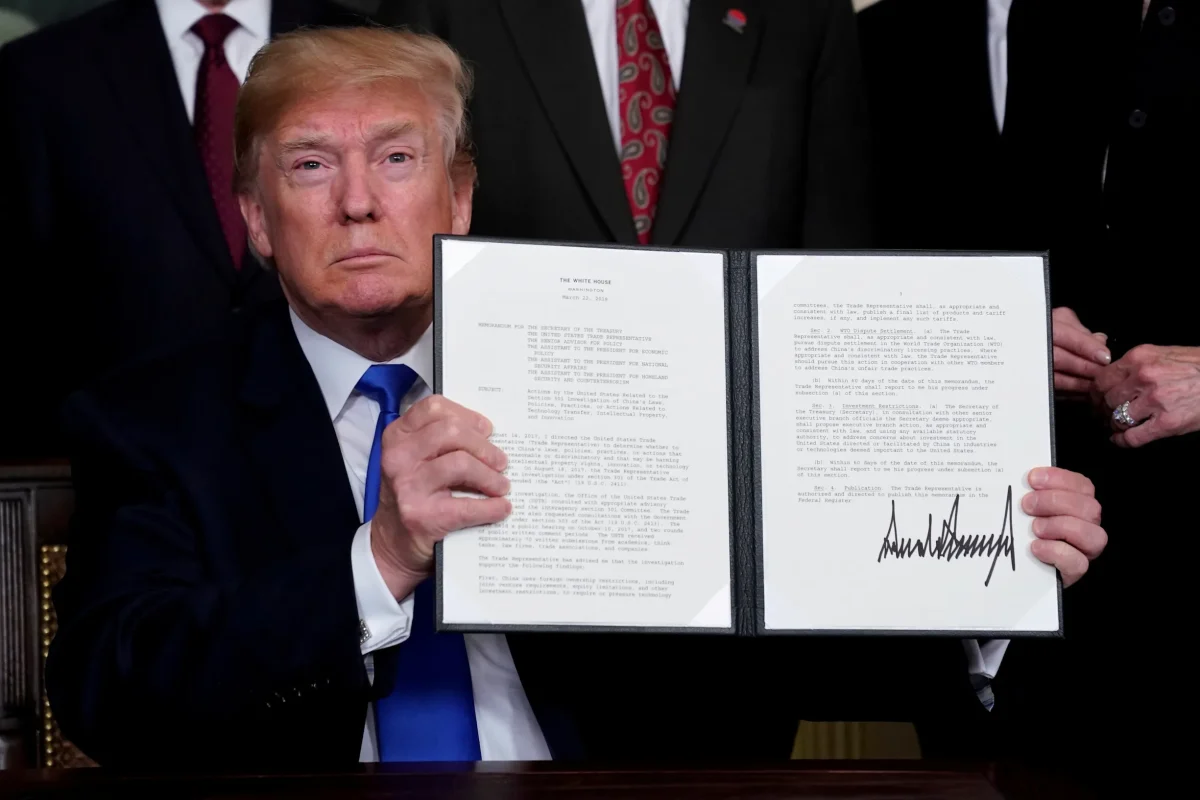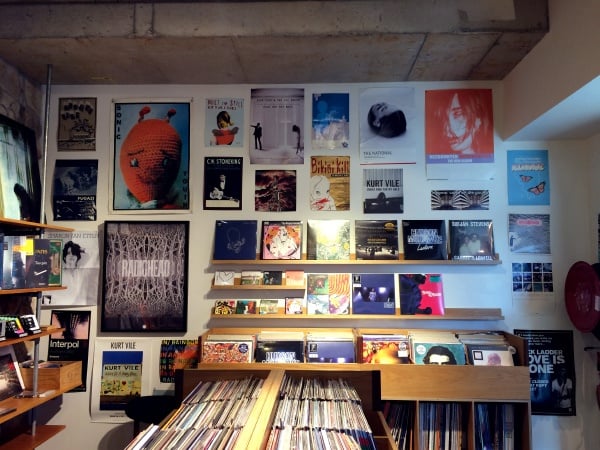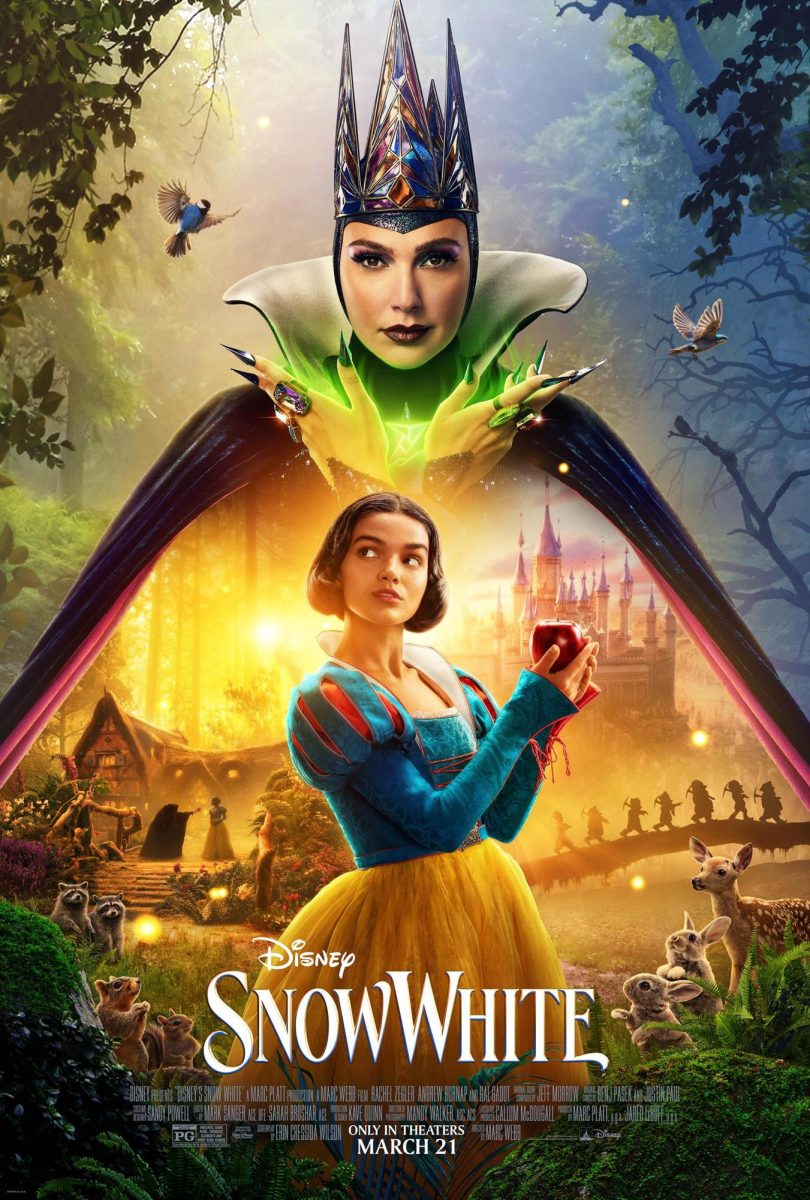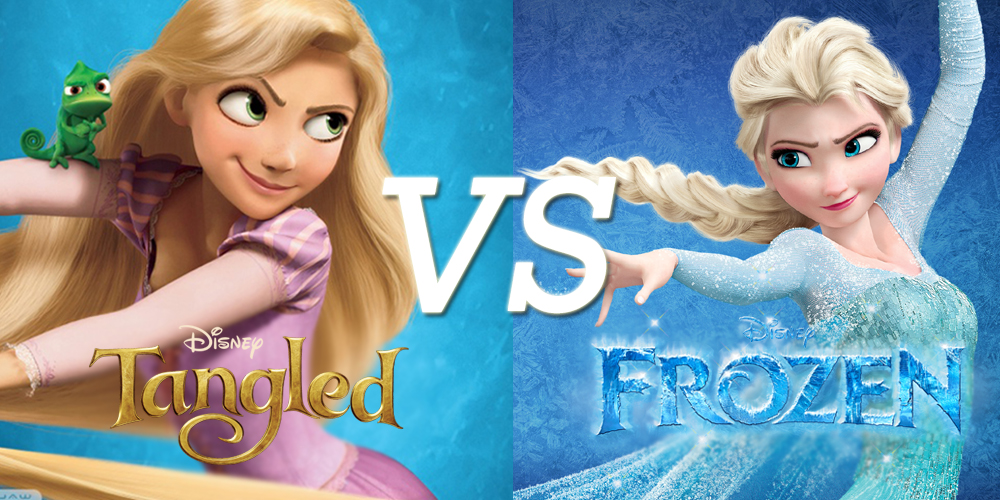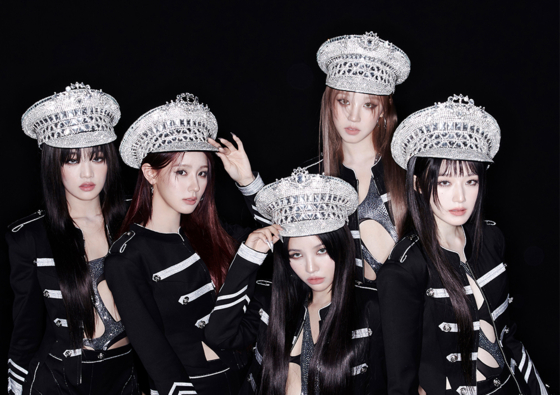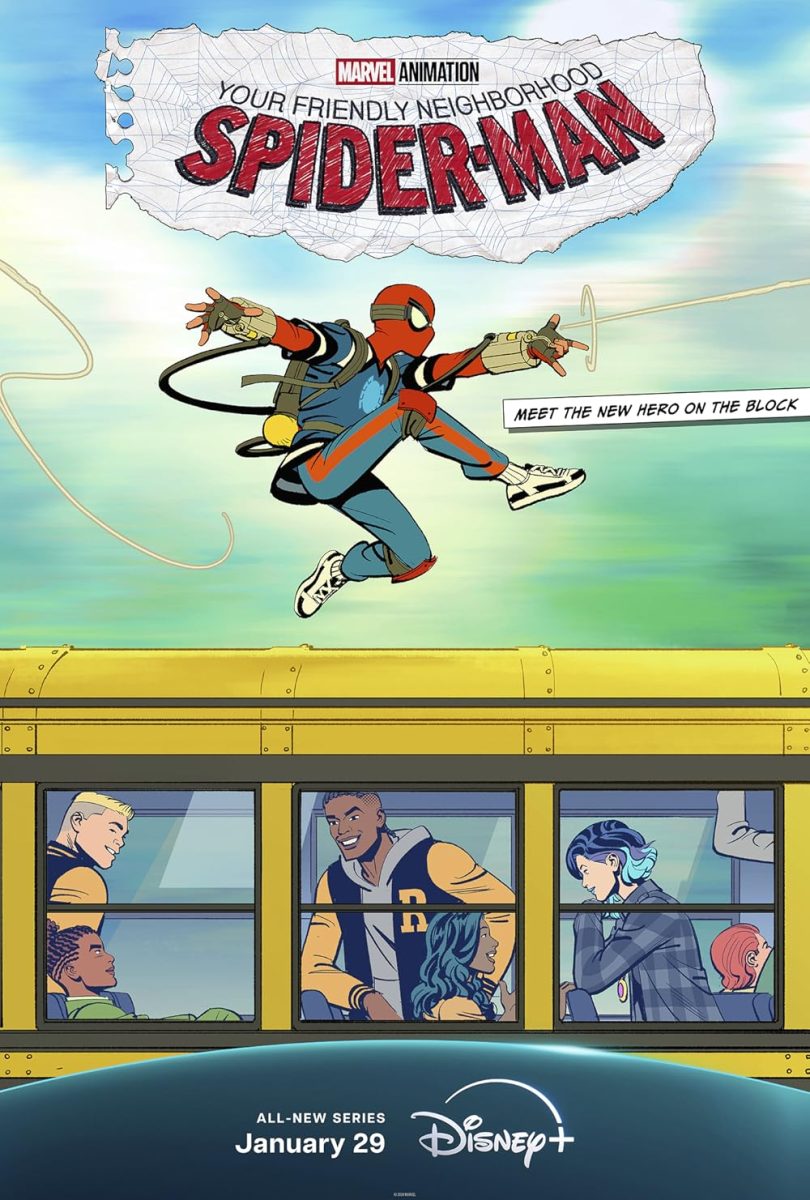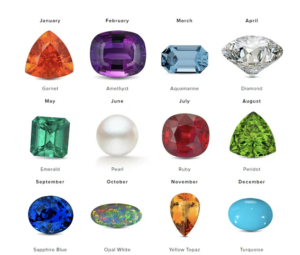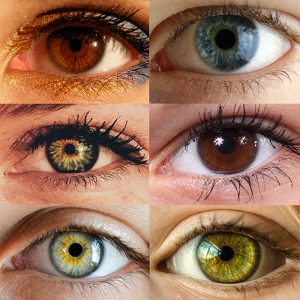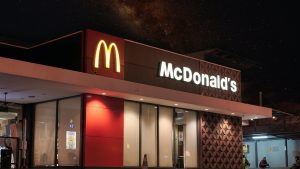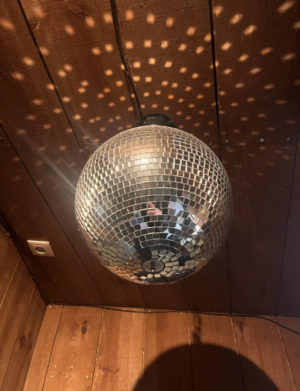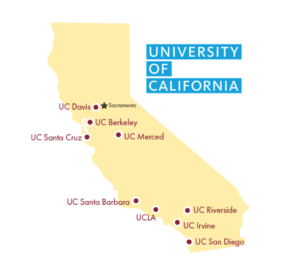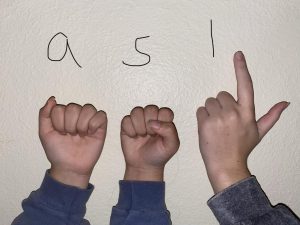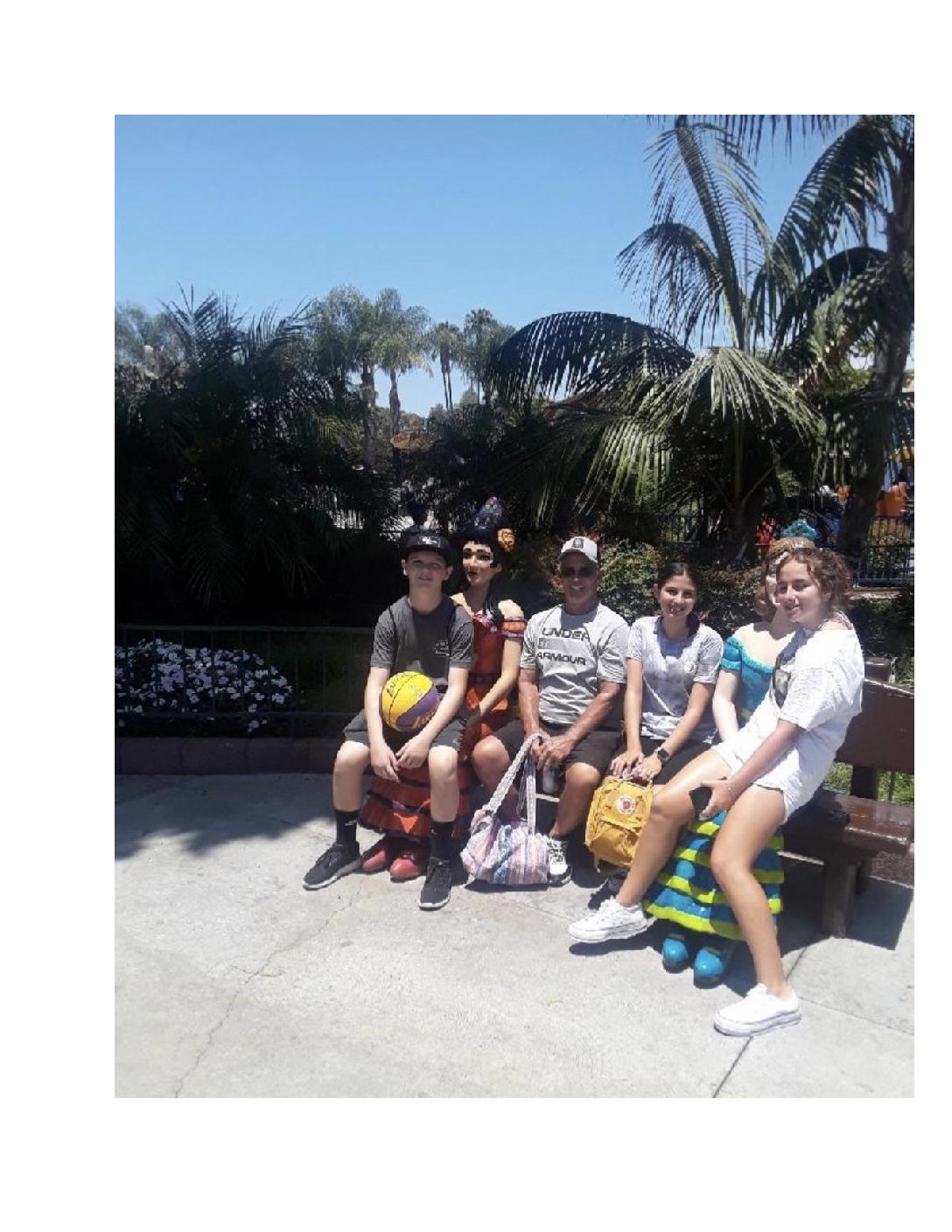Hour of Code Recap
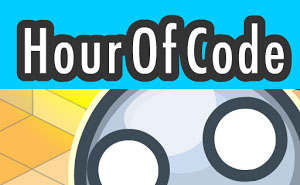
Image courtesy of http://terralinda.jordandistrict.org/ come to the HOUR OF CODE. HOUR OF CODE. HOUR. OF. CODE.
January 20, 2015
The room is packed. At each computer station sits a student, and hovering nearby is his or her guide, someone who already knows how to code from one of the school’s coding classes. Already some groups are done, printing out the intricate spirographs they’ve made, and it’s barely been 10 minutes since the start of the Hour of Code. Meanwhile, the room is still buzzing with chatter, chatter that does not even begin to reveal what’s really happening: The introduction of a new class of students to the language of the digital age.
The Hour of Code is the brainchild of Code.org, a non profit dedicated to encouraging people to learn computer science. It is specifically targeted to students, “designed to demystify code and show that anybody can learn the basics,” according to the website. Yorba Linda High School held three Hour of Code sessions; each took place after school on Monday, December 8; Wednesday, December 10; and Friday, December 12. The event received a great turnout, and many students got to experience computer coding firsthand. The school’s Hour of Code was well-received as well, as all of the participants said they had a great time.
To most people, coding is an arcane, obscure art. It seems like some new-age techno magic practiced by reclusive nerd-hermits in darkened rooms. It’s not, and the Hour of Code seeks to prove this by having students write a simple program. YLHS’ program was to draw a spirograph, pictured below.
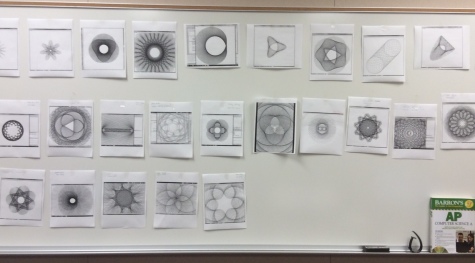
Some of the spirographs produced in YLHS’s Hour of Code.
From just the sight of the complexity of the thing, it’s easy to think that writing the thousands of lines of code that must go into it would take hours and hours. It didn’t. Senior Griffin Nicholson stated, “All we’re really doing to make all these different [spirographs] is changing these two lines of code.” During the event, the new coders were clearly surprised by this. After writing those two lines, as well as a few phrases and word changes, they would nod, smile, and even laugh excitedly as a line would start drawing on the small window that would pop up on their monitors. Guided by alien geometries born of those two lines, the line would flit from one side of the window to the other, then break away at impossible angles and unnatural curves, only to cross back again and again till the job required of it was done. At one point, one team shouted and clapped after creating a particularly intricate shape.
The best thing was that those participating helped teach themselves coding. Encouragement was the watchword for the student teachers. They never once took hold of the keyboard or mouse, saying “Here, let me show you.” They pointed to this line or that number in the code as those at the computers themselves made realizations and connections. Thomas Kim, a senior here at YLHS, found the event to be highly successful. “You got to see [the results from your code] materialize right in front of you, and the instant gratification was really encouraging.”
For the participants in the Hour of Code, the reward was not just a free sandwich from Chik-fil-A, it is a foot in the door to the future, a future in which being able to speak to computers is as important as being able to speak to a crowd, where the wording of a section of code is as significant as the wording of a corporate merger. And now, the room is empty again. They didn’t even need a full hour to introduce themselves to programming.

